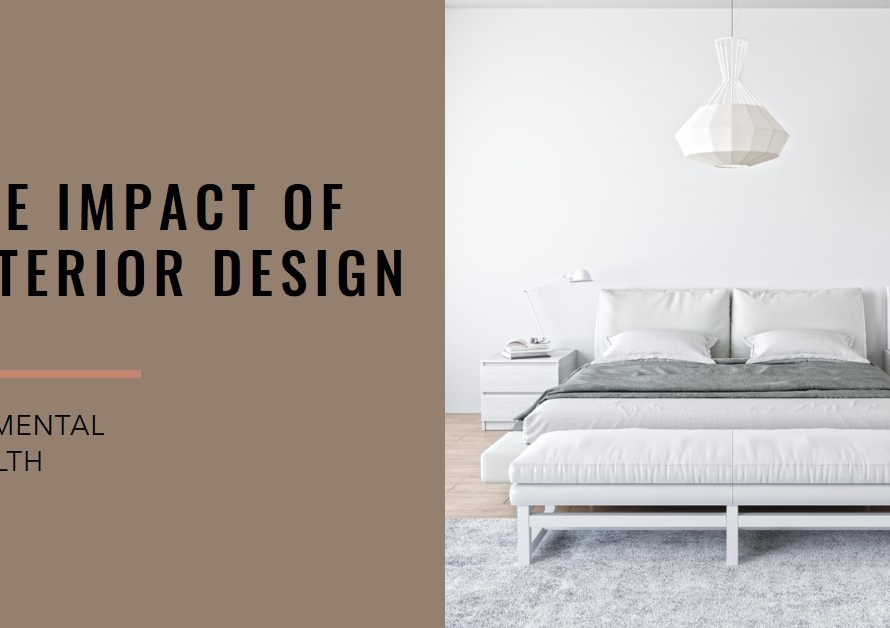
Table of Contents
- Introduction
- Understanding the Environmental Impact
- Designing for Durability and Longevity
- Embracing Sustainable Materials
- Innovating Packaging Solutions
- Optimizing Energy Efficiency
- Promoting Minimalism and Simplicity
- Fostering a Circular Economy
- Collaborating Across Disciplines
- Conclusion
Introduction
In today’s increasingly eco-conscious world, product designers are challenged to create innovative solutions that not only meet consumer demands but also prioritize environmental sustainability. The intersection of design and environmental responsibility presents a unique opportunity for designers to make a positive impact on the planet. In this guide, we will explore effective strategies and practical approaches for integrating sustainability principles into product design.
Understanding the Environmental Impact
Before delving into solutions, it’s crucial for product designers to have a comprehensive understanding of the environmental impact of their creations. This requires a life cycle assessment (LCA) approach, which evaluates the environmental effects of a product from raw material extraction to end-of-life disposal. By identifying hotspots and areas of improvement, designers can make informed decisions to minimize negative environmental impacts throughout the product’s life cycle.
Designing for Durability and Longevity
One of the most effective ways to address environmental issues in product design is to prioritize durability and longevity. Products that are built to last not only reduce the need for frequent replacements but also minimize resource consumption and waste generation over time. Designers can achieve durability through careful selection of materials, robust construction techniques, and attention to product maintenance and repairability. By extending the lifespan of products, designers can significantly reduce their environmental footprint.
Embracing Sustainable Materials
The choice of materials plays a significant role in the environmental sustainability of a product. Designers should prioritize the use of sustainable materials that have minimal environmental impact throughout their life cycle. This includes renewable resources, recycled materials, and alternatives to traditional plastics and chemicals. By incorporating sustainable materials into their designs, designers can reduce resource depletion, minimize pollution, and support a circular economy.
Innovating Packaging Solutions
Packaging is an integral part of product design, and its environmental impact should not be overlooked. Excessive packaging contributes to waste generation and environmental pollution, making it essential for designers to innovate sustainable packaging solutions. This may involve minimizing packaging materials, using biodegradable or compostable alternatives, or designing packaging that can be reused or repurposed. By reimagining packaging design, designers can reduce the environmental footprint of their products from production to disposal.
Optimizing Energy Efficiency
Energy consumption is a significant contributor to environmental degradation, particularly in the manufacturing and use phases of a product’s life cycle. Product designers can mitigate this impact by prioritizing energy-efficient design principles. This includes optimizing product design for energy efficiency, incorporating energy-saving technologies, and promoting user behaviors that minimize energy consumption. By reducing energy usage, designers can decrease greenhouse gas emissions and lessen their product’s overall environmental impact.


Promoting Minimalism and Simplicity
In the pursuit of sustainability, less is often more. Product designers can reduce environmental impact by embracing principles of minimalism and simplicity in their designs. This involves streamlining product features, eliminating unnecessary components, and prioritizing functionality over aesthetics. By designing products that are simple, intuitive, and efficient, designers can minimize resource consumption, waste generation, and environmental footprint.
Fostering a Circular Economy
Transitioning from a linear economy to a circular economy is essential for addressing environmental issues in product design. Designers should prioritize the principles of reduce, reuse, and recycle throughout the product life cycle. This involves designing products for disassembly and recyclability, incorporating recycled materials into new products, and establishing take-back and recycling programs. By closing the loop on resource use and waste generation, designers can contribute to a more sustainable future.
Collaborating Across Disciplines
Addressing environmental issues in product design requires collaboration across disciplines and industries. Designers should work closely with engineers, scientists, policymakers, and stakeholders to develop holistic solutions that consider social, economic, and environmental factors. By fostering interdisciplinary collaboration, designers can leverage diverse expertise and perspectives to tackle complex environmental challenges and drive meaningful change.
Conclusion
In conclusion, addressing environmental issues in product design is a multifaceted endeavor that requires creativity, innovation, and collaboration. By prioritizing durability, embracing sustainable materials, innovating packaging solutions, optimizing energy efficiency, promoting minimalism and simplicity, fostering a circular economy, and collaborating across disciplines, designers can make significant strides towards creating products that are both environmentally responsible and socially conscious. Together, we can craft a more sustainable future through thoughtful and intentional design practices.


